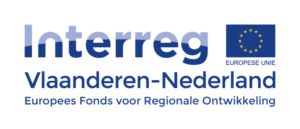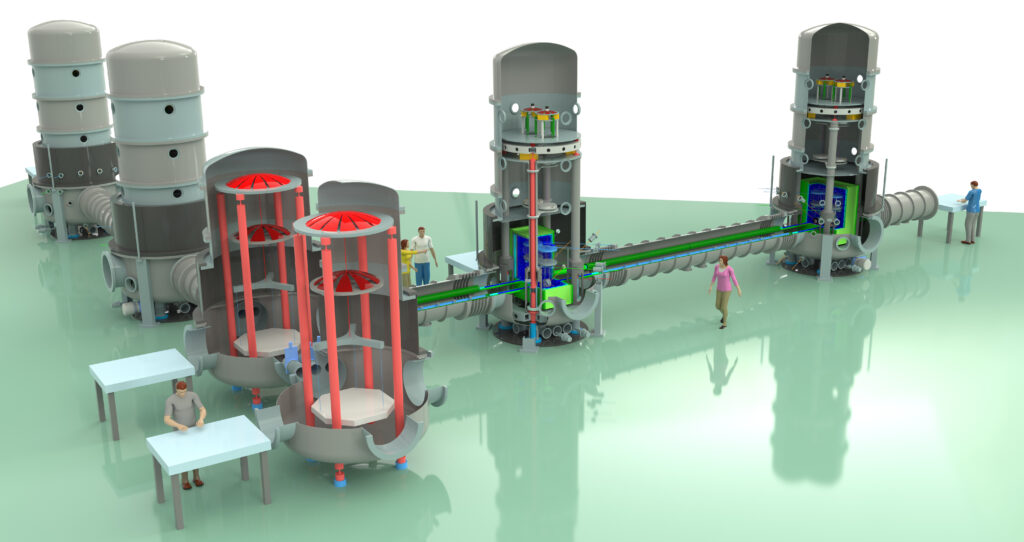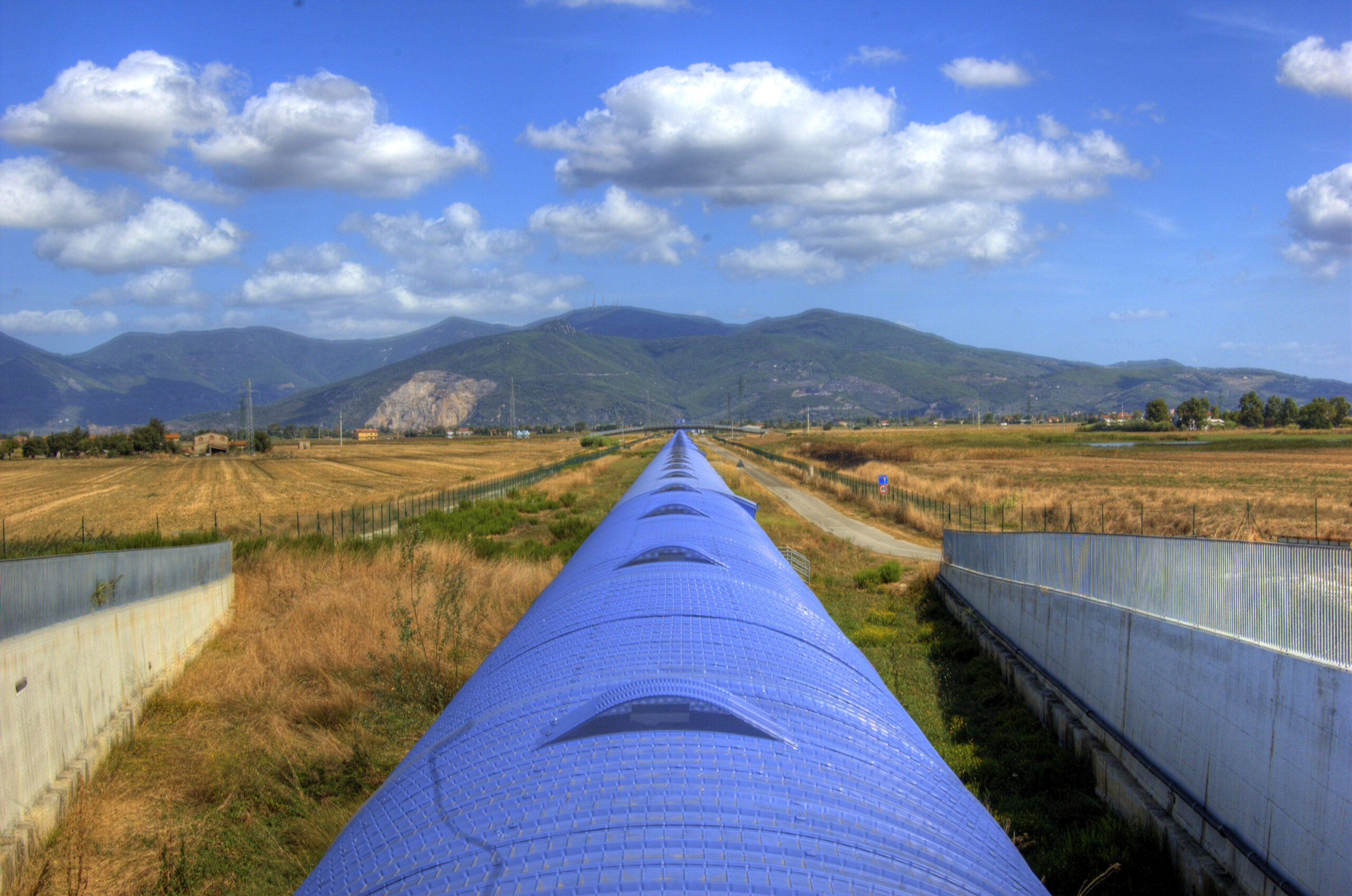
A unique R&D lab
The idea of an R&D laboratory for gravitational-wave observatories is not new. The existing LIGO and Virgo facilities could never have been so precise without R&D back-up from labs in Glasgow, Munich and California. But ETpathfinder will go one step further by making it possible to perform tests at extremely low temperatures. It is to be the first facility of its kind able to cool silicon mirrors. That is an important step in suppressing noise, for even more precise measurements. Because this is unique, it will attract scientists and businesses from all over the world.
What it looks like and how it works
ETpathfinder will be a testing ground for laser interferometry, the technique used to detect and measure gravitational waves. The facility will have a cleanroom, a large dust-free hall with a stable temperature. Various configurations of the laser interferometer can be set up here over the next twenty to thirty years. The core installation will have two arms, each 20 metres long. That is not big enough to actually observe gravitational waves, but it is sufficient to develop and test all kinds of relevant techniques.

The set-up consists of a number of towers containing vibration-free tables. The laser source and detector are located in the central towers. From here, the laser light is split into two beams, which are directed into the two “arms”. In four towers along these arms are mirrors with a special coating, which reflect the laser light back and forth. The mirrors can be cooled down to -153 °C, and in the future perhaps even to -263 °C!
Timeline
Construction work for the ETpathfinder is in full swing. The laboratory is expected to be fully operational in 2022. The facility will remain in use for at least ten years.
More information
Visit the ETpathfinder website for more detailed information about the facility and the project. Or have a look at the information about ETpathinder on the Einstein Telescope website.
